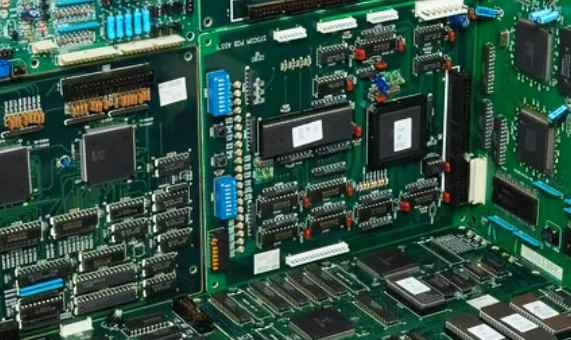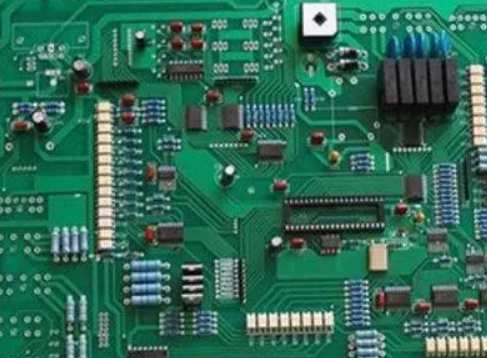
Printed circuit boards (PCBS) are vital in today's technologically advanced world, but despite the fact that the world is full of electronics, they are still somewhat mysterious. This PCB guide will help you better understand common components in printed circuit boards.
resistor
Resistors are widely used in PCBS. They are the components that control the flow of electricity. Resistors are designed in such a way that they help stop the flow of current by dissipating electrical energy as heat. Different materials are used to make resistors, and they come in many different types, made from a variety of materials.
capacitor
Capacitors are the most widely used component in PCBS, second only to resistors. The function of a capacitor is to hold the charge temporarily and release it when more power is needed elsewhere in the circuit. It usually does this by collecting opposite charges on two conducting layers separated by an insulating or dielectric material.
transformer
PCB transformers transfer energy from one source to another. They also control the flow of electricity, such as resistors. Transformers work by reducing energy to something more manageable. This is a very important step because you don't want to overload the device with energy.

transistor
Transistors are often thought of as the basic building blocks of modern electronic components, but transistors are just amplifiers and electronic switches. They come in different types, bipolar transistors being the most common. A bipolar transistor contains three pins; The base, collector, and emitter, which allow the current to flow and be amplified.
diode
Diodes are essential PCB components because they control and redirect current by ensuring that energy flows in one direction to prevent it from moving in the other. Typically, flows move from one terminal (positive) to another (negative). The positive electrode is called the anode and the negative electrode is called the cathode. To work properly, they use the principle of resistance.
battery
The battery is the component that provides energy in the PCB. Batteries power various circuits on printed circuit boards by storing chemical energy and converting it into electricity.
Integrated circuit
Integrated circuit power circuit board. They contain many resistors, capacitors, and transistors, and provide a variety of functions. Silicone is a material used in the manufacture of integrated circuits. The two types of integrated circuits are digital and analog.
oscillator
An oscillator is a programmable clock that sends out electrical signals. There are different types of oscillators including crystal, Clapp, voltage controlled, etc. They can be classified according to their different parameters and used for a variety of applications.
inductor
Much like capacitors, inductors play a crucial role in storing energy. However, inductors store energy differently from electrostatic energy through magnetic fields. When energy passes through them, it creates a magnetic field.
Switch/relay
Switches are the main PCB components, but can also be found in everyday applications. A switch controls the current in a circuit by opening and closing it. With the click of a switch, energy can flow. Clicking again will force the current off and turn off the power.
potentiometer
Potentiometer controls the current in the circuit. They are called potentiometers because they determine the potential of an electronic device's voltage. The two most common types are rotational and linear. Rotary is the most popular of the two. They use knobs to change the resistance of the gadget.
thyristor
SCRS are called thyristors. They contain four layers of silicone. Electrical engineers think of them as two transistors that work together to control large amounts of voltage and current.
sensor
Sensors can sense and respond accordingly. They can sense changes in the environment as well as physical inputs. The input sensors can sense includes changes in heat, humidity, light, motion, pressure and so on. Once they feel it, they respond with an electrical signal consistent with the charge they detect. The signal is transmitted to other PCB components. Sensors in PCBS work by converting physical energy into electrical energy.









